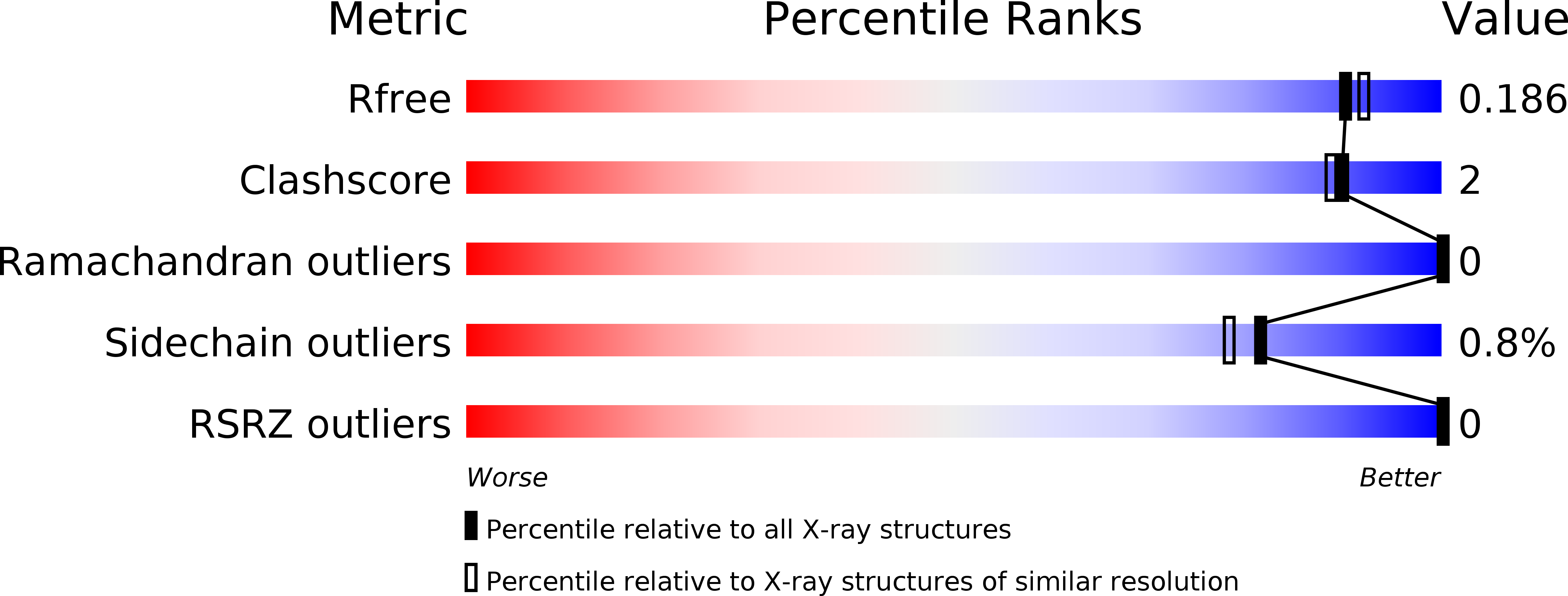
Deposition Date
2013-08-28
Release Date
2014-08-20
Last Version Date
2024-02-28
Entry Detail
Biological Source:
Source Organism:
Bacteroides intestinalis (Taxon ID: 471870)
Host Organism:
Method Details:
Experimental Method:
Resolution:
1.80 Å
R-Value Free:
0.18
R-Value Work:
0.15
R-Value Observed:
0.16
Space Group:
P 21 21 2


